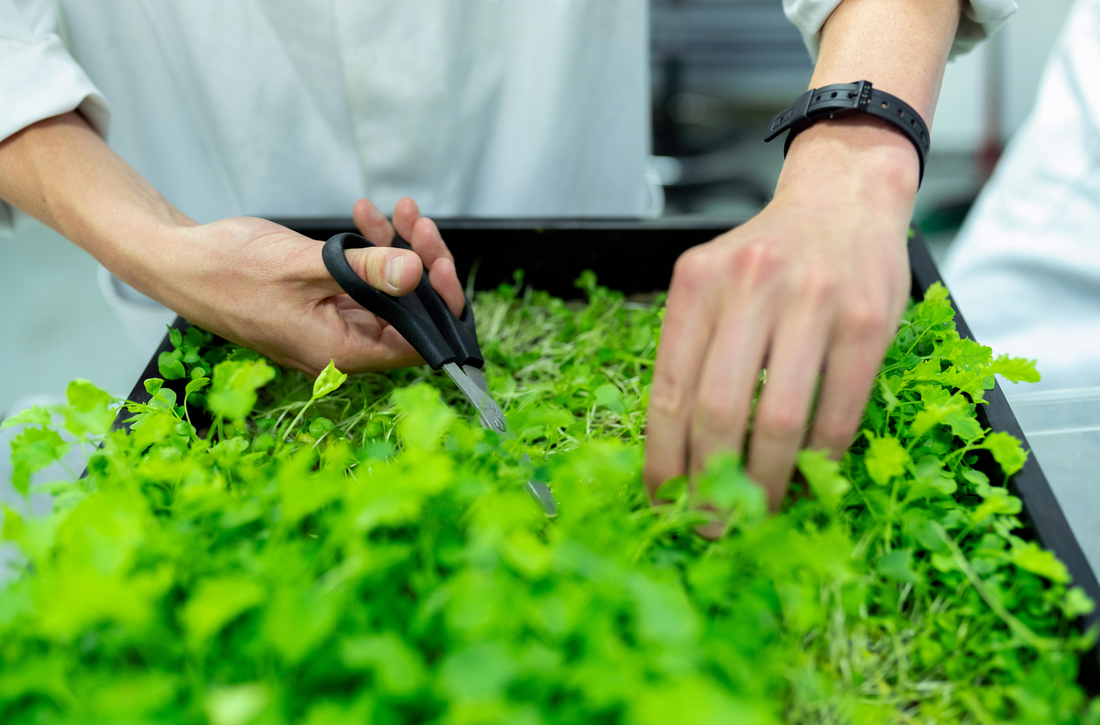As the global population continues to grow and urban spaces expand, traditional farmers are faced with the challenge of producing more food in limited areas. Vertical farming presents an innovative solution, allowing for high-density, high-efficiency production of crops in urban settings. This article explores the concept of vertical farming, its advantages, potential challenges, and practical steps for traditional farmers interested in exploring this modern agricultural method.
What is Vertical Farming?
Vertical farming involves growing crops in vertically stacked layers, often within controlled environments such as buildings, shipping containers, or specially designed structures. This method utilizes indoor farming techniques and controlled-environment agriculture (CEA) technology, which optimizes plant growth, and soilless farming techniques such as hydroponics, aquaponics, or aeroponics.
Advantages of Vertical Farming for Traditional Farmers
- Maximized Crop Output: Vertical farming can significantly increase crop yields by maximizing space. Unlike traditional farming, which spreads horizontally, vertical farming builds upward, thereby enhancing productivity per square foot.
- Year-Round Production: Being independent of external weather conditions, vertical farms can produce crops all year round, providing more stable income streams and continuous supply to markets.
- Resource Efficiency: Vertical farms use up to 70% less water than traditional farms, as most systems recycle water. They also reduce the need for pesticides and herbicides due to controlled environments, minimizing ecological damage.
- Reduction in Transport Costs and Emissions: Located closer to urban consumers, vertical farms can drastically reduce transport distances for fresh produce, lowering carbon emissions and improving the freshness of delivered produce.
- Use of Underutilized Urban Spaces: Vertical farming can transform underutilized urban spaces like abandoned warehouses or empty lots into productive agricultural sites, potentially revitalizing areas and increasing local food production.
Steps to Implement Vertical Farming
Feasibility Study: Traditional farmers should first conduct a feasibility study to analyze the viability of converting to or incorporating vertical farming. This study should consider local market demands, available resources, and initial cost implications.
Acquire Knowledge and Training: Vertical farming requires knowledge of advanced agricultural technologies and techniques. Farmers can benefit from courses, workshops, or partnerships with academic institutions or technology providers.
Choose the Right Crops: Not all crops are suitable for vertical farming. Leafy greens such as lettuce, spinach, and herbs; small vegetables like peppers and strawberries; and medicinal plants tend to do well in vertical systems.
Technology Investment: Investment in the right technology is crucial. This includes hydroponics systems, LED grow lights, climate control systems, and monitoring sensors to manage the growth environment effectively.
Scaling Appropriately: Start small to test systems and workflows, then scale up as you refine your processes and understand the intricacies of vertical farming.
Challenges and Considerations
- High Initial Investment: Setting up a vertical farm can be capital-intensive due to the technology and infrastructure required.
- Technical Challenges: Managing a controlled environment requires continuous monitoring and technical knowledge, which can be a steep learning curve for traditional farmers.
- Energy Costs: Depending on the scale and technologies used, the energy costs associated with lighting and climate control can be significant.
Conclusion
Vertical farming offers an exciting opportunity for traditional farmers to explore innovative agricultural practices that can lead to high yields, better resource management, and closer connections with urban consumers. By understanding and carefully planning the integration of vertical farming techniques, traditional farmers can position themselves at the forefront of modern agricultural practices, potentially transforming challenges into profitable opportunities.

